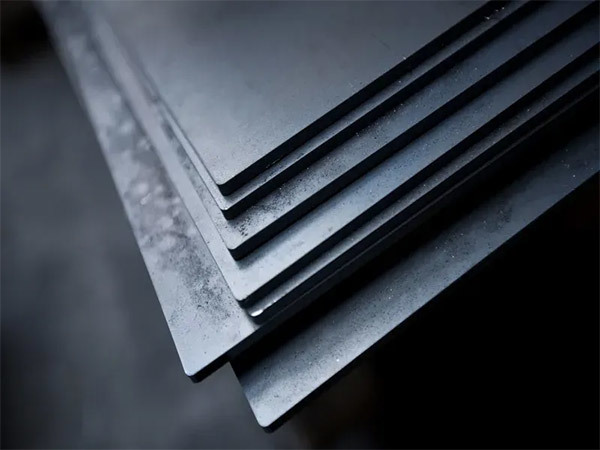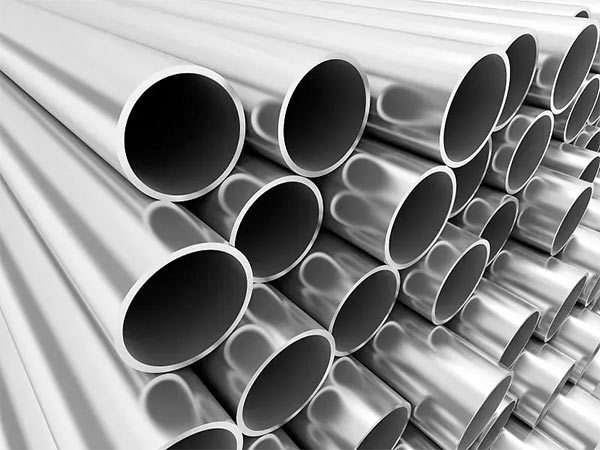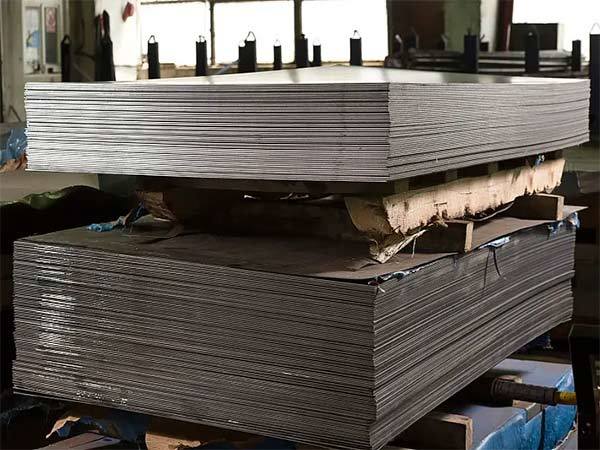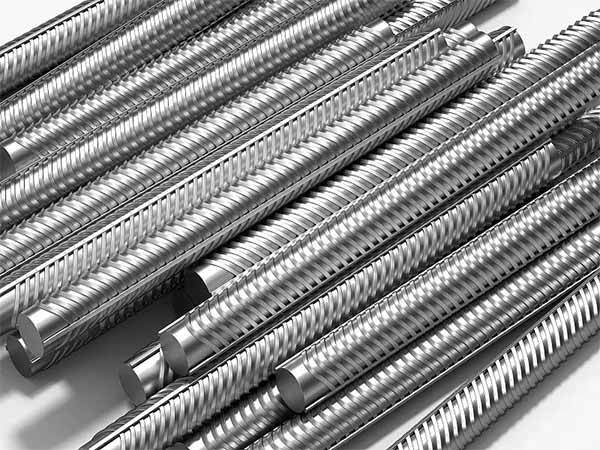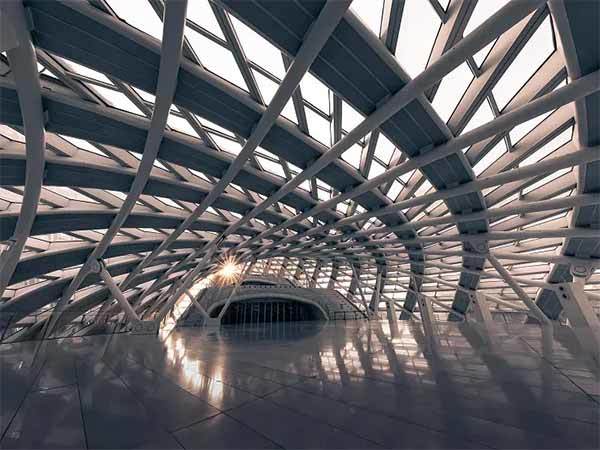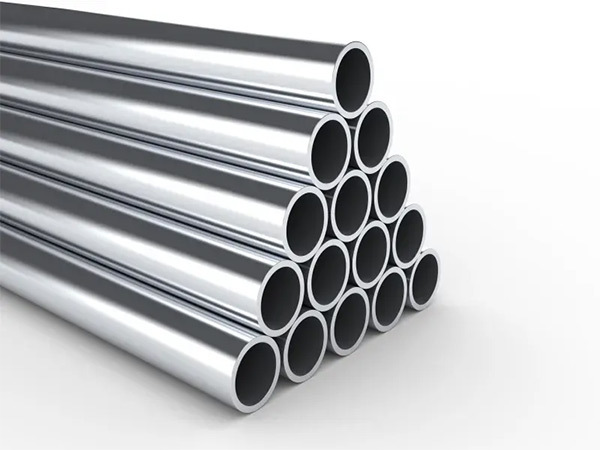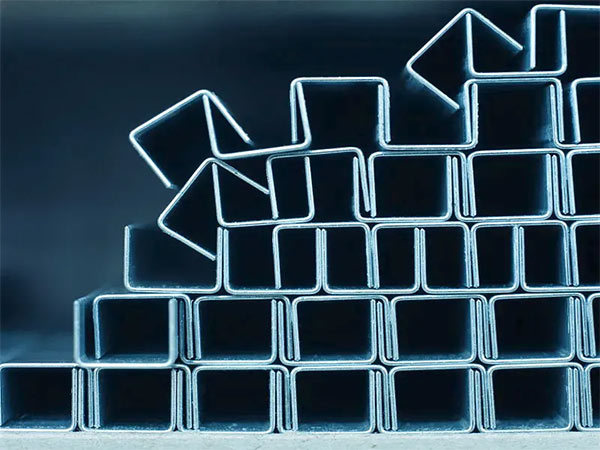What is the material of carbon steel plate and what are its advantages and disadvantages
2024-01-31
It is a type of steel with a carbon content lower than 2.11% and without intentionally adding metallic elements, and can also be called plain carbon steel or carbon steel. In addition to carbon, it also contains a small amount of elements such as silicon, manganese, sulfur, and phosphorus inside. The higher the carbon content, the better the hardness and strength, but the lower the plasticity.
What is the difference between carbon steel and stainless steel
2024-01-31
The density of carbon steel is slightly higher than that of ferritic and martensitic stainless steel, but it is lower for austenitic stainless steel, so the difference between carbon steel and stainless steel is different.
Discount SPCC Carbon Steel Plate: The Best Choice for Your Steel Needs
2024-01-31
Steel is an essential material commonly used in various industries due to its durability, strength, and versatility. One of the most commonly used types of steel is carbon steel, which is known for its cost-effectiveness and excellent mechanical properties. Among the several types of carbon steel, Discount SPCC Carbon steel plate has gained popularity among industries because of its excellent properties and cost-effectiveness.
Four processes of steel bar processing
2024-01-31
The processing of steel bars generally involves four processes: rust removal of steel bars; Straightening of steel bars; Steel bar cutting; Forming of steel bars. When the steel bar joint is connected with straight or conical threads, it is also necessary to add the steel bar end upsetting and thread processing procedures. Rebar batching and replacement Rebar replacement
Characteristics of copper pipes
2024-01-31
Lightweight, with good thermal conductivity and high low-temperature strength. Commonly used in the manufacturing of heat exchange equipment (such as condensers). It is also used for assembling low-temperature pipelines in oxygen production equipment. Copper pipes with small diameters are commonly used for conveying pressurized liquids (such as lubrication systems, oil pressure systems, etc.) and as pressure measuring pipes for instruments.
2024-01-31
I-shaped beams are hollow web members. For high-strength materials, hollow web members are better than solid web members in terms of weight, material, and labor saving. This cross-sectional design mainly uses the flange farthest from the centroid to resist bending moments (because the farther the flange is, the greater the moment of inertia), and mainly uses the web to resist shear. As for the inconvenience in making it, it can be solved by factory or molding. Saving materials, labor, and time is efficiency.
How are stainless steel pipes classified?
2024-01-31
Stainless steel pipes are divided into ordinary carbon steel pipes, high-quality carbon structural steel pipes, alloy structural pipes, alloy steel pipes, bearing steel pipes, stainless steel pipes, as well as bimetallic composite pipes, coated and coated pipes to save precious metals and meet special requirements. There are various types and uses of stainless steel pipes, with varying technical requirements and production methods. The current production of steel pipes has an outer diameter range of 0.1-450mm and a wall thickness range of 0.01-250mm. To distinguish its characteristics, steel pipes are usually classified according to the following method.
How to determine the specifications of channel steel
2024-01-31
The delivery length of channel steel can be divided into two types: fixed length and double length, and the tolerance value shall be specified in the corresponding standards. The length selection range of domestic channel steel is divided into three types based on different specifications: 5-12m, 5-19m, and 6-19m. The length selection range of imported channel steel is generally 6-15m.


